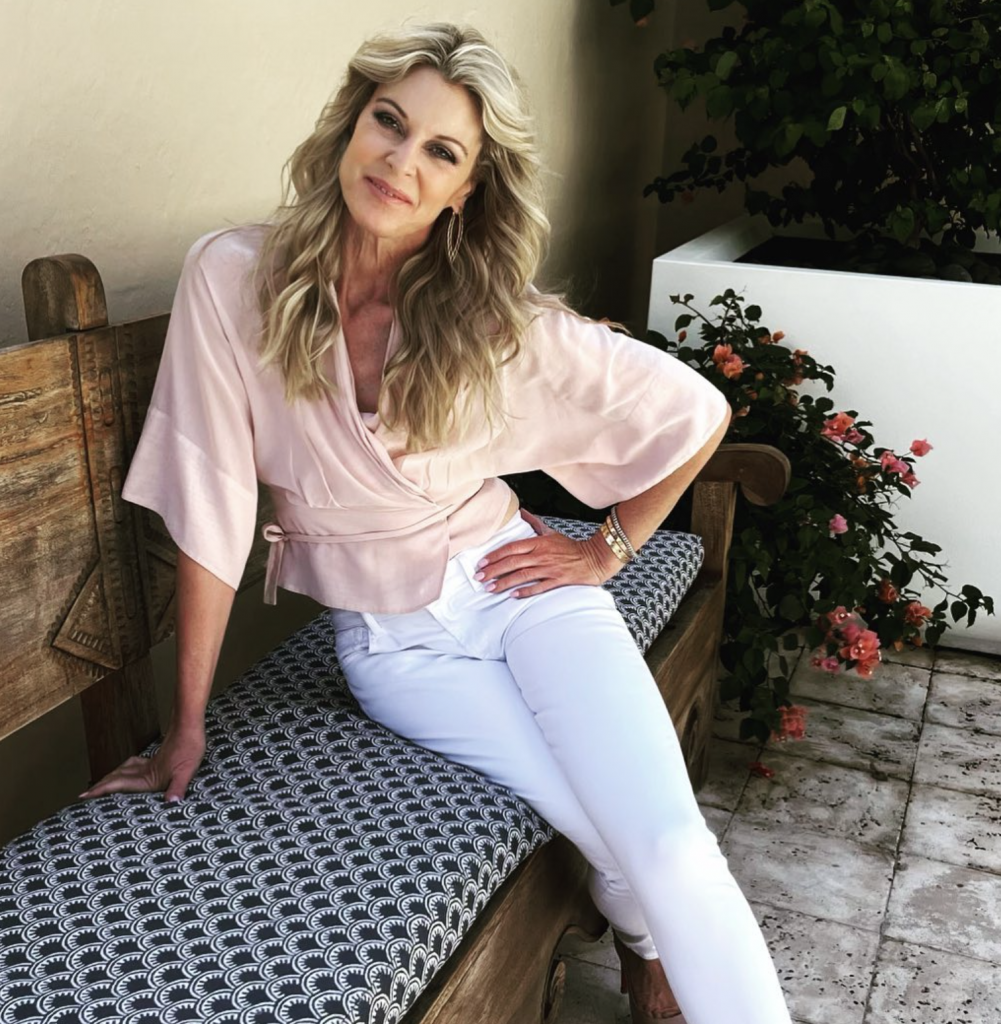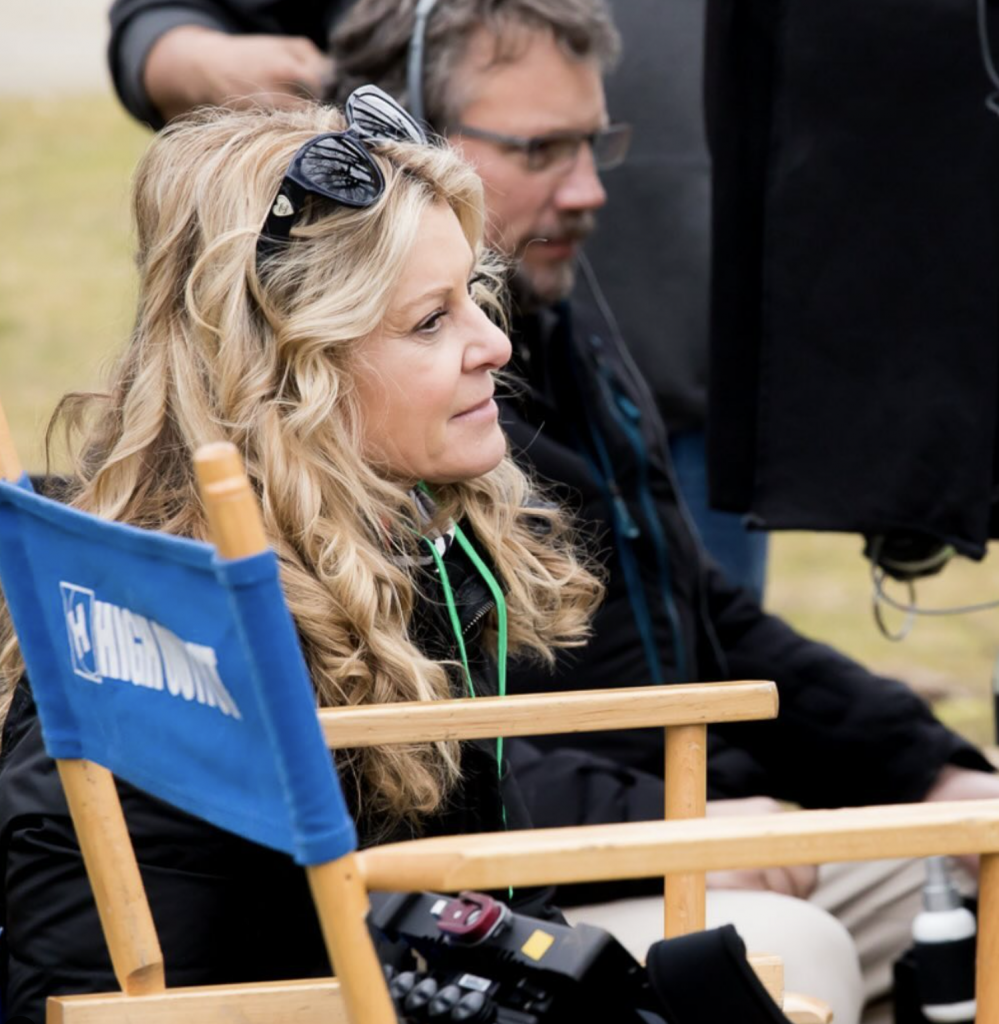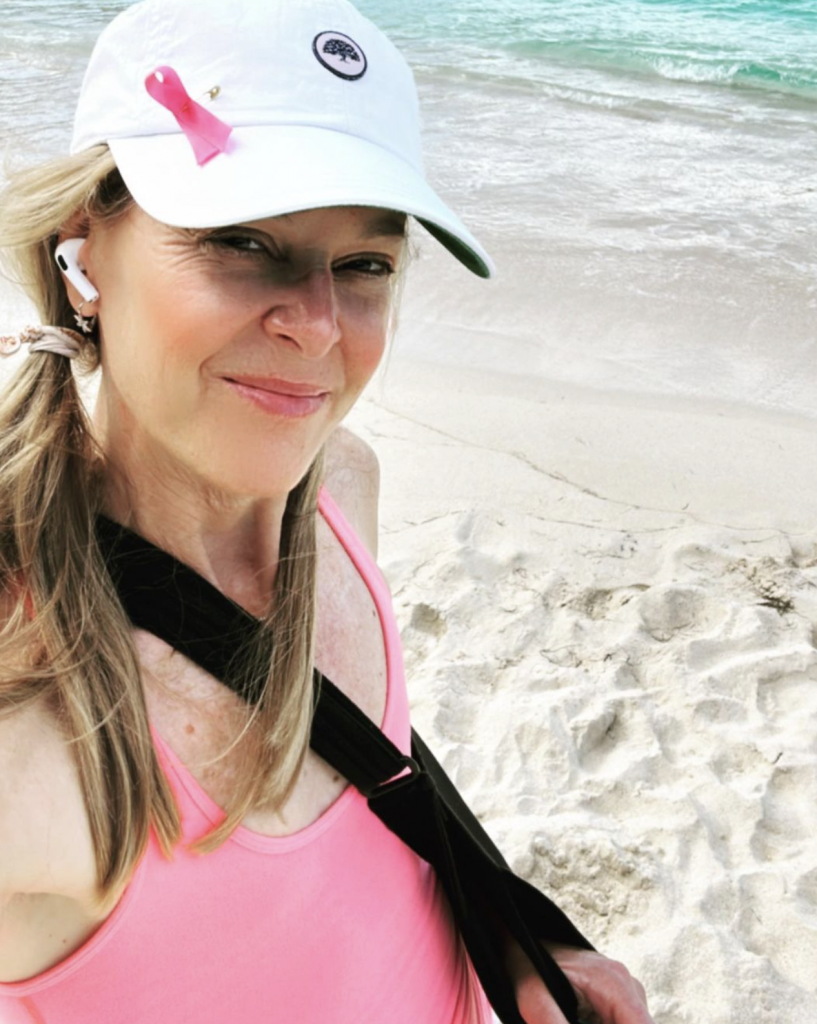Living a Life of Purpose After Cancer
- Former supermodel Christine Handy, a 53-year-old wife, mother, motivational speaker, humanitarian and author, built a successful career doing campaigns for Guess, J. Crew and Victoria’s Secret in her early years at gorgeous locations around the world, not knowing, like many affected by cancer, that the next phase of her life would be that of a breast cancer survivor, which led to finding more purpose.
- Now a 12-year survivor, Handy has taken those dark times mixed with the light, creatively propelling herself into the world of filmmaking, releasing her film Hello Beautiful (directed by Ziam Hamzeh) to tell her story of “resilience” and “courage.”
- Practicing mindfulness with habits like meditation can help you get through darker times, reduce stress and anxiety in the body, including during cancer treatment, and can help control chronic pain, difficulty sleeping, tiredness, feeling sick and high blood pressure. These benefits include increased calm, enhanced sleep quality, more energy, less physical pain, and increased well-being to live your life with purpose and find your best self.
One of the first ’90s supermodels, Christine Handy, now 53 and a wife and mother, built a successful career doing campaigns for Guess, J. Crew and Victoria’s Secret at gorgeous locations around the world, not knowing, like many affected by cancer, that part of her next life phase would include breast cancer.
Read More
The movie is based on her book, Walk Beside Me, which she released in 2016, starring the (semi) fictional character of Willow Adair. Handy holds a master’s degree in literature and creative writing from Harvard University.
“I do not consider myself a filmmaker, although I supposed I have now made one film,” Handy said in an interview for Cinemacy alongside her director. “When making this film, I couldn’t understand how any films truly get completed. The obstacles seem so great, not just for small budgets but I imagine for all budgets.”

“I would simply say that quitting should not be an option. Only the ones who stick it out in the difficult messes get it done. So keep going.”
Earlier this week, the St. Louis, Missouri-born entrepreneur, who now resides in Miami, posted another one of her inspirational posts that she is known for, and it’s a particularly important reminder for the cancer community.
“Don’t let others define your path. ‘It’s limited perception to believe that others determine your destiny,'” Handy captioned an Instagram post on Tuesday.
Take control of your journey and let your inner strength guide you. Every step you take is a testament to your resilience and vision.”
Christine Handy’s Breast Cancer Journey
In early 2012, Christine Handy was living a seemingly amazing life. She’d been modeling since age 11, traveling the world doing mega-ads for luxury brands and household names. Then on October 1, 2012, at age 41, she was diagnosed with a “very aggressive form” of breast cancer.
Handy realized there were two possible ways she could respond. “You can quit, or you can really fight,” she previously told SurvivorNet. “In the beginning I felt like quitting, but I ended up fighting.”

Her friends quickly rallied around her in support. “Once they started to show up, I was more able to show up for myself,” she said.
Between October 2012 and December 2013, Handy spent every week in the chemotherapy chair. She had 28 rounds of chemo and 21 separate surgeries, both to treat her breast cancer and fix damage to her arm from a previous injury.
Learning more about chemotherapy for breast cancer
She’d spent her life focused on herself, but her friends urged her to take another path in the wake of her cancer diagnosis. “My friends said to me, ‘When we’re done getting you healthy, once you’re back standing on your own two feet, now it’s your job. It will be your job to then go out and help other people.’”
Life After Cancer
Since her diagnosis, Handy has evolved into a humanitarian, motivational speaker, mentor, and published author. She penned a fictional account of her illness and recovery, Walk Beside Me, which was released in 2016 and she knew then that she wanted to do her film.
As seemingly perfect as her life was before cancer, having to adapt to the challenges of the disease has somehow made it better, though she still struggles. “I went from being very self-involved to serving other people,” she shared. “And ironically, I went from living a very happy life to a very joyful life.”
What still brings you joy? Your emotional health is so important
Reflecting on her life pre-cancer, Handy said: “I was happy then. I loved that part of my life. But it wasn’t until I served that I felt really true joy.”
“There is so much power in uniting, especially when you unite women,” Handy added. “When we stand with each other for months and months and seasons after seasons, then really we’re unstoppable.”
‘Adversity and the Art of Happiness,’ How Hardship Makes You Stronger
When going through a major life-disruptor and challenging cancer diagnosis, focusing on mindfulness is often beneficial for cancer patients to reduce high levels of anxiety and distress as they navigate their diagnosis, treatment and anticipation of possible disease recurrence.
Finding Purpose by Practicing Mindfulness
Both the American Society of Clinical Oncology (ASCO) and the Society of Integrative Oncology (SIO) recommend meditation as part of a multidisciplinary approach to reduce stress, depression, and mood disturbance, and to improve the quality of life in cancer patients.
5 tips for practicing mindfulness during and after cancer treatment:
- Choose one daily activity to practice mindfully (e.g. eating your lunch, brushing your teeth or taking a shower). During this activity notice your breath and activity of your mind for a few moments.
- Take a pause throughout your day. During your day, find a moment to stop and take 5 deep breaths with your eyes closed.
Kindly acknowledge a moment you’re experiencing a difficulty by putting your hand on your heart and saying, “I feel my pain. How can I be kind to myself in this moment?” - Get curious about your emotions. Experiment with welcoming your emotions as they come, instead of pushing them away.
Become aware when you’re in a rush. Ask yourself, “Do I really need to hurry?”
Jon Kabat Zinn, founder of the eight-week stress-reduction program, Mindfulness-Based Stress Reduction (MBSR), a course that has entered the mainstream of health care, scientific study, and public policy, describes mindfulness as “paying attention in a particular way: on purpose, in the present moment, and nonjudgmentally.” The first step to being able to pay attention in the present moment is slowing down the mind often referred to as the “monkey mind.” This is done through a regular meditation practice.
A Guided Meditation for the SurvivorNet Community
Regularly meditating allows people to start to become more aware of the emotions in the psychical body and the thoughts running through the mind, to feel into their emotions and acknowledge their thoughts as they arise, and then gently let them go. Shannon Masur, a colon cancer and Lynch Syndrome survivor, describes this as “when a thought comes in, feel it, feel the fear, but let it go after a few seconds.”
Not only can this reduce stress and anxiety in the body, including during cancer treatment, it may also help cancer patients to control problems such as pain, difficulty sleeping, tiredness, feeling sick and high blood pressure. These benefits included increased calm, enhanced sleep quality, more energy, less physical pain, and increased well-being.
Learn more about SurvivorNet's rigorous medical review process.

